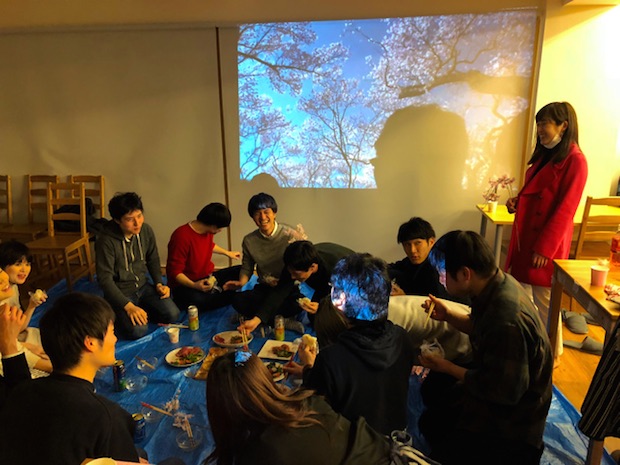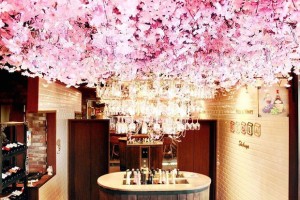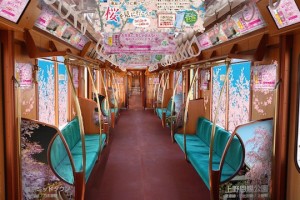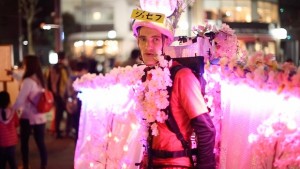Every spring, as Japan comes alive with the arrival of the cherry blossom (sakura) across the archipelago, the cherry blossom viewing parties (hanami) rapidly take over all the parks and an ancillary wave of sakura-themed foods and drinks appear. We particularly like this year’s sakura Coca-Cola and Kit Kat items.
That being said, hanami is not to everyone’s taste and its annual popularity has its drawbacks. The parks are crowded and noisy, not to mention there is all the trash that needs to be taken home or properly disposed of, the problem of even staking your claim on a good spot in the midst of such competition (especially in Tokyo, where some zealots stay overnight to do so), and factors like inclement weather and pollen allergies. All this can put some people off bothering with the effort of packing a picnic and the other items required for a successful hanami.
Now the Asahi Shimbun newspaper recently featured an article about a new kind of cherry blossom experience: virtual hanami. While this isn’t actually virtual reality per se, the article notes the growth of new “air hanami” services.

One event by dely brought people together inside to sit on the customary blue tarp against a video backdrop of cherry blossom trees. The company held a party for employees on the evening of March 20th, attending by around 20 employees. The video footage was courtesy of a projector on a wall and the musical soundtrack came from someone’s smartphone, so this isn’t exactly what we might call hi-tech.
Such indoor hanami parties are on the increase. A survey by Space Market showed a ten-fold increase in reservations since last year. Customers said their main reasons for organizing such events or using the services were their dislike of the cold and crowds as well as pollen allergies. Of the 10% of people in its survey who said they did not want to go to hanami, over 60% said they would go if there was an indoor option.
While this might seem to run counter to the whole concept of hanami, it’s always been something of an open secret that hanami is less about enjoying the seasonal spectacle of the cherry blossom than getting together with friends, family, or colleagues to drink, eat, and be merry. Indeed, people passed out from drinking too much is a common sight at any major hanami spot in Japan, along with ambulances to attend to particularly bad cases of over-indulgence.
This trend has certainly not come out of nowhere. We’ve seen similar developments in previous years, such as the “fake” hannami parties held indoors that we reported on in 2017, while the Ginza Line in Tokyo is offering a de facto virtual hanami experience for passengers. Possibly the most ambitious, however, was Joseph Tame’s “wearable” hanami kit from 2016.
























